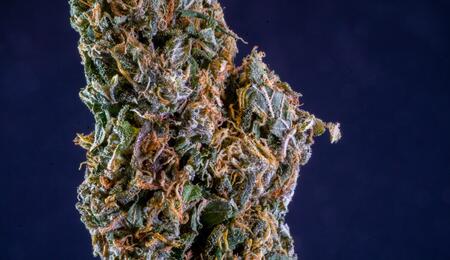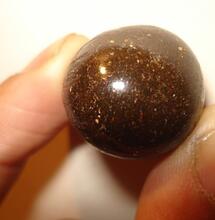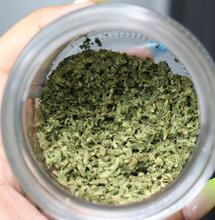Strength and Potency of Pot Increased Significantly Over Last 50 Years

For all old-school smokers out there who can tell the difference in pot between now and then this might be nothing new. Science confirms what we already knew.
According to a recent international study, Cannabis resin, colloquially known as ‘hash,’ is 25% more potent now than it was 50 years ago. Researchers with the Mental Health Group and Addiction at the University of Bath analyzed data from roughly 80,000 street pot samples tested over the past half-century in the UK, US, France, Denmark, New Zealand, the Netherlands, and Italy.
The data published in the journal Addiction reveals a drastic fluctuation in the concentration of THC – the intoxicating component of weed responsible for the “high” – over the past 50 years.
Between 1970 and 2017, THC concentrations have surged by 14% in herbal cannabis, mostly due to the rising market share of more potent varieties like a sinsemilla, the seedless type of marijuana, a relative to traditional herbal cannabis with seeds and less THC, the research claims. Whereas, between 1975 and 2017, the concentration in cannabis resin, commonly known as hashish or hash, increased by 24%, which is equivalent to 5mg growth in THC annually. The researchers say that one dose of it can lead to mild intoxication.
Dr. Tom Freeman, the lead author of the study, told the Guardian, weed today differs immensely from that used by people 50 years ago. Apart from the potency, the attitude towards the drug has also shifted drastically, Dr. Freeman said.
Today, cannabis medical and mental health benefits are far more appreciated and acclaimed than they used to be. Hash, commonly perceived as the safer type of the drug, is now evidently more potent than herbal cannabis, study co-author Sam Craft told The Guardian.
A derivative of cannabis, hash can be found as a waxy block used to amp up joints or sometimes added as a special ingredient to beloved desserts such as hash brownies.
“Traditionally, cannabis resin contained much lower amounts of THC with equal quantities of CBD (cannabidiol, which is believed to have some health benefits), however, CBD concentrations have remained stable as THC has risen substantially, meaning it is now much more harmful than it was years ago,” Craft told The Guardian.
According to the researchers, as cannabis has grown in potency, users are not properly educated and are faced with limited information about the relative benefits and side effects of using the drug. A standard unit system for marijuana – similar to that of alcohol could help consumers to limit the consumption and use the drug more safely.
Currently, cannabis is the most used illicit drug globally, recently legalized in Uruguay, Canada, and dozens of states in the U.S. As we see an unprecedented growth of the legal market, more and more people opt to consume cannabis in its other available forms.
Cannabis edibles, oils, or tinctures are only a fraction of the products that are growing in popularity. As alternatives to smoking, all of these products enable better control over the ingested dosage and always label the amount of THC and/or CBD on the packaging.



